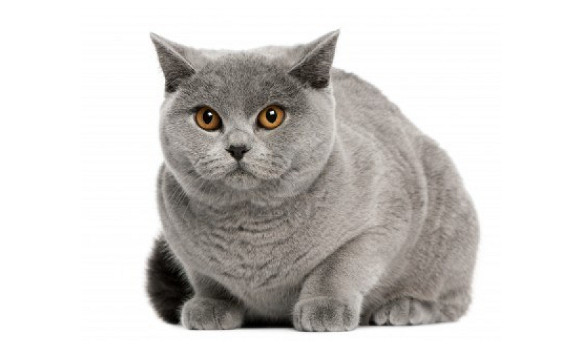Introduction
The British Shorthair cat is one of the most popular and well-loved cat breeds worldwide. Known for their round faces, dense coats, and calm demeanor, these cats make excellent companions. This guide will delve into the history, characteristics, temperament, and care needs of the British Shorthair to provide a complete overview of this delightful breed.
History of the British Shorthair
The British Shorthair has a rich history that dates back to ancient Rome. Roman invaders brought cats to Britain around 2,000 years ago to control rodents. These cats interbred with native wildcats, creating the foundation for the modern British Shorthair. By the late 1800s, these cats were officially recognized as a breed, thanks to the efforts of cat fancier Harrison Weir.
During World War II, the breed suffered a decline, but breeders worked to revive it by introducing Persians and other shorthaired breeds into the bloodline. This effort resulted in the robust, plush-coated British Shorthair we know today.
Physical Characteristics
British Shorthairs are known for their distinct physical traits:
- Size and Build: Medium to large with a strong, muscular build.
- Head: Round with full cheeks, a broad skull, and a short nose.
- Eyes: Large, round, and typically copper or gold.
- Coat: Dense and plush, feeling like firm velvet. The coat is not double-coated, making grooming easier.
- Colors and Patterns: While blue (often referred to as “British Blue”) is the most common color, British Shorthairs come in various colors and patterns, including white, black, cream, red, and bi-color.
Temperament and Behavior
The British Shorthair is renowned for its calm and affectionate nature. Key temperament traits include:
- Even-Tempered: Generally placid and well-behaved, making them suitable for families and individuals alike.
- Loyal: They tend to form strong bonds with all family members rather than just one person.
- Independent: These cats are not overly demanding and can adapt well to being left alone during the day.
- Playful: While they enjoy playtime, they are not hyperactive or overly energetic.
Health and Lifespan
British Shorthairs are robust and generally healthy cats. However, potential health issues include:
- Hypertrophic Cardiomyopathy (HCM): A common heart condition in cats.
- Obesity: Due to their less active nature, it’s essential to monitor their diet and weight.
- Polycystic Kidney Disease (PKD): Can be screened through genetic testing.
With proper care, British Shorthairs can live 12-20 years, making them long-term companions.
Grooming and Care
British Shorthairs require regular grooming to maintain their dense coats. Key grooming tips include:
- Brushing: Weekly brushing helps to remove loose hair and reduce shedding.
- Bathing: Not often necessary unless the cat gets particularly dirty.
- Nail Trimming: Regular trimming prevents overgrowth and potential injuries.
- Dental Care: Regular brushing and dental check-ups are crucial to prevent dental diseases.
Diet and Nutrition
A balanced diet is essential for the British Shorthair’s health. Recommendations include:
- High-Quality Food: Choose a diet rich in protein and low in carbohydrates.
- Portion Control: To prevent obesity, measure food portions and avoid free-feeding.
- Hydration: Ensure fresh water is always available.
Activity and Exercise
While British Shorthairs are not overly active, regular playtime is essential to keep them healthy. Tips for exercise include:
- Interactive Toys: Engage them with toys that stimulate their hunting instincts.
- Climbing Structures: Cat trees and shelves encourage climbing and exploration.
- Regular Play Sessions: Daily playtime helps maintain a healthy weight and strengthens the bond between cat and owner.
Living Environment
British Shorthairs adapt well to various living situations, whether in apartments or larger homes. Important considerations include:
- Safe Indoor Environment: Protect them from outdoor dangers by keeping them indoors.
- Comfortable Space: Provide cozy spots for resting and hiding, as they enjoy their privacy.
- Litter Box Maintenance: Keep the litter box clean and in a quiet, accessible location.
British Shorthair in Multi-Pet Households
British Shorthairs generally get along well with other pets, including dogs and other cats. Proper introductions and monitoring ensure a harmonious household.
Conclusion
The British Shorthair is a delightful breed that combines a rich history with a lovable, easy-going nature. Their charming looks, affectionate temperament, and low-maintenance care needs make them an excellent choice for many cat lovers. With the right care and attention, these cats can provide years of companionship and joy.
By understanding the history, characteristics, and care requirements of the British Shorthair, you can ensure a happy and healthy life for your feline friend. Whether you’re a seasoned cat owner or considering your first pet, the British Shorthair is a breed that offers something special for everyone.

